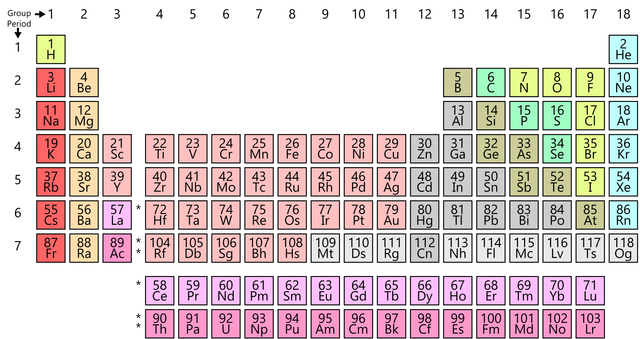Well, this is my theory then:
The attitude of man to the golden is a bit strange. From a chemical point of view, gold is not an interesting substance. It reacts badly to other elements. However, the periodical table with 118 different options is the only element that the person chooses as currency.
So why?
So why is not osmium or chromium? Or seaborgium?
Well, this is the periodic table: 
Look at the right side: It is quite easy to ignore some elements.
Do you want poison money?
There are noble gases and halogens on this side. A gas can never be a currency. It is not practical to carry a little gas in a small bottle in a currency. Another factor is that these elements are colorless. How can you know what's in the bottle?
The other two liquid elements, mercury and bromine, ould be inconvenient when considering daily temperature and gravity. They're both poisoned. It's not a good thing to use as money. We could not use arsenic and other substances like it for the same reasons.
And look at left side: We also can ignore many elements on this side. Alkali metals and alkaline earth metals are also very reactive. Many people remember what they dropped into schools of sodium and potassium. First a blister and then a blast. Explosive currency is not a very good idea.
Similar reasons apply to other class elements. For example, those who are radioactive. You do not want your money to cancer you, do you?
Rutherfordium, seaborium, ununpentium, einsteinium remain artificially produced in the laboratory environment, without thorium, uranium, plutonium and radioactive decomposition.
There are, of course, few rare earth metals, even those from underneath. Unfortunately, it is very difficult to separate them chemically. So you never knew what was in your pocket.
This leads us to the transition metals in the middle of the periodic table and to the end. Here are 49 elements we are familiar with: Iron, aluminum, copper, lead and silver.
But when you examine it in detail, you will notice that it is an objectionable point.
8 elements left behind
On the other hand, there are hard and durable elements such as titanium and zirconium on the left. But the problem is different for them too: hard to grasp. Millat a thousand years ago you would have to carry your parson win with you to distinguish these ores from their ores. And of course such special tools were not found at that time.
We put the list down from 118 to 8. Platinum, palladium, rhodium, iridium, osmium , and ruthenium. Of course, in addition to silver and gold. These are known as noble materials. Because they stand apart from other substances and react hard. They are also quite rare, which is an important criterion for being a currency.
If the iron had not kept rust, it would be a good source of money. Because there are so many around. But in very large sizes you could have been forced to carry the bad money.
There are exact opposite problems in all the rare elements except silver and gold. They are very few, so you have to carry them in very small places, so you can easily lose them.
It's also hard to melt. Platinum's melting point is 1,768 degrees Celsius.
Two things remain, these are gold and silver.
The two are not very common, but it's not too hard to find. Both have a relatively low melting point and thus become coins, bullion, jewel case.
Silver is getting darker in the air in very small quantities. We give such a special value to him.
The reason gold is so valuable is because it is not chemically interesting.
Thanks to this stagnant state of gold, a gold crocodile made with a complex design can be found in a museum in the center of London no less intact a thousand years later.
What does the Element Elimination Process tell us about a good currency?
First of all, gold does not have an existential value. A currency can only be valuable when we mean it as a society.
It should not be as rigid, portable and toxic as we see it. It also needs to be found in a fair way. And gold, bright yellow. All the metals in the periodic table carry silver color outside of copper. Copper turns green when it encounters moisture in the air. And that's what makes gold special.
This is one of the secrets of gold being a successful currency. And of course, gold is incredibly beautiful. ;)
Nice share, upvoted! :)
Hi, nice. Your approach makes sense too.
Downvoting a post can decrease pending rewards and make it less visible. Common reasons:
Submit
Wow, wished I'd learnt the periodic table this way...it'd have stuck! Great view-review
Downvoting a post can decrease pending rewards and make it less visible. Common reasons:
Submit